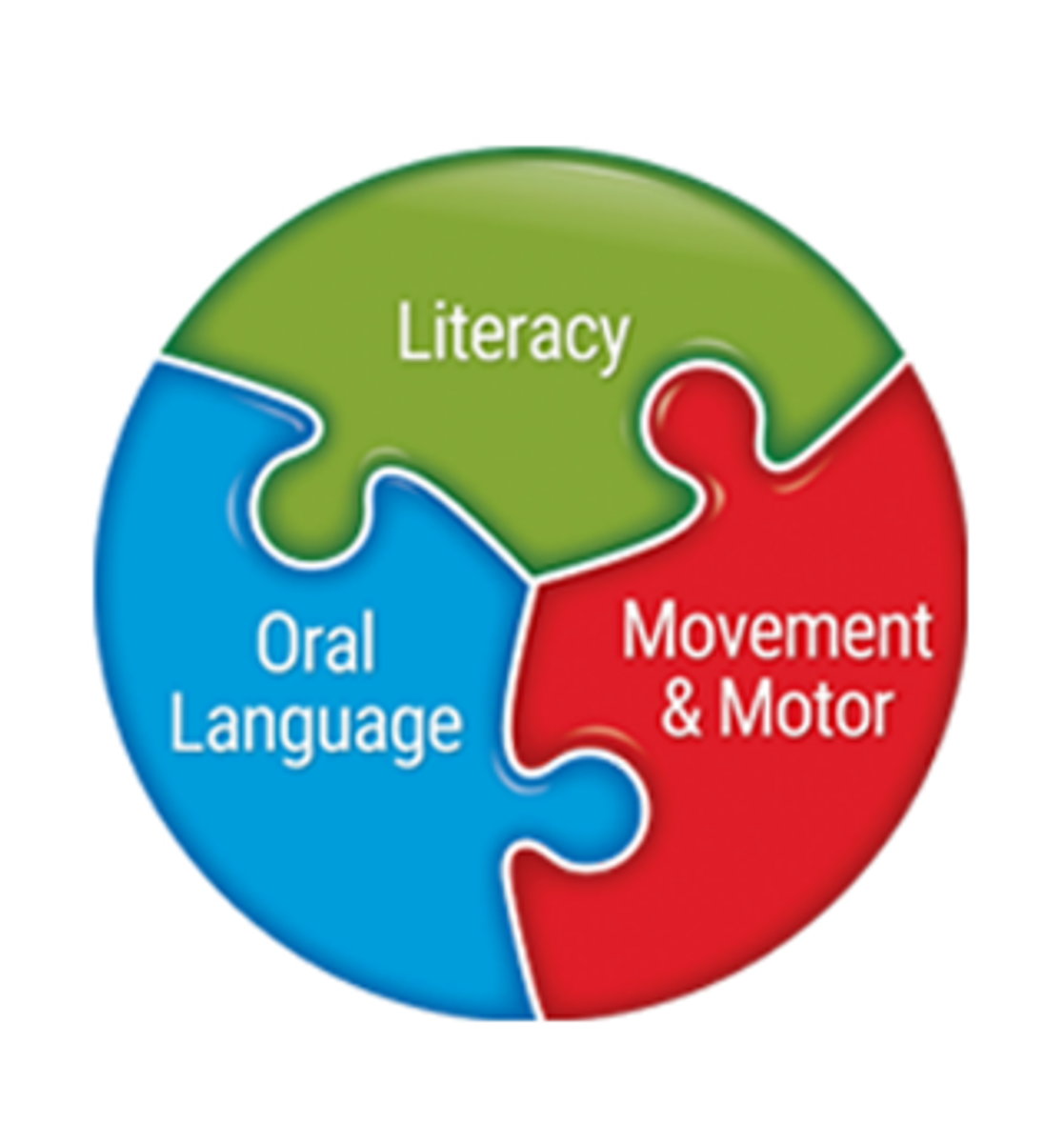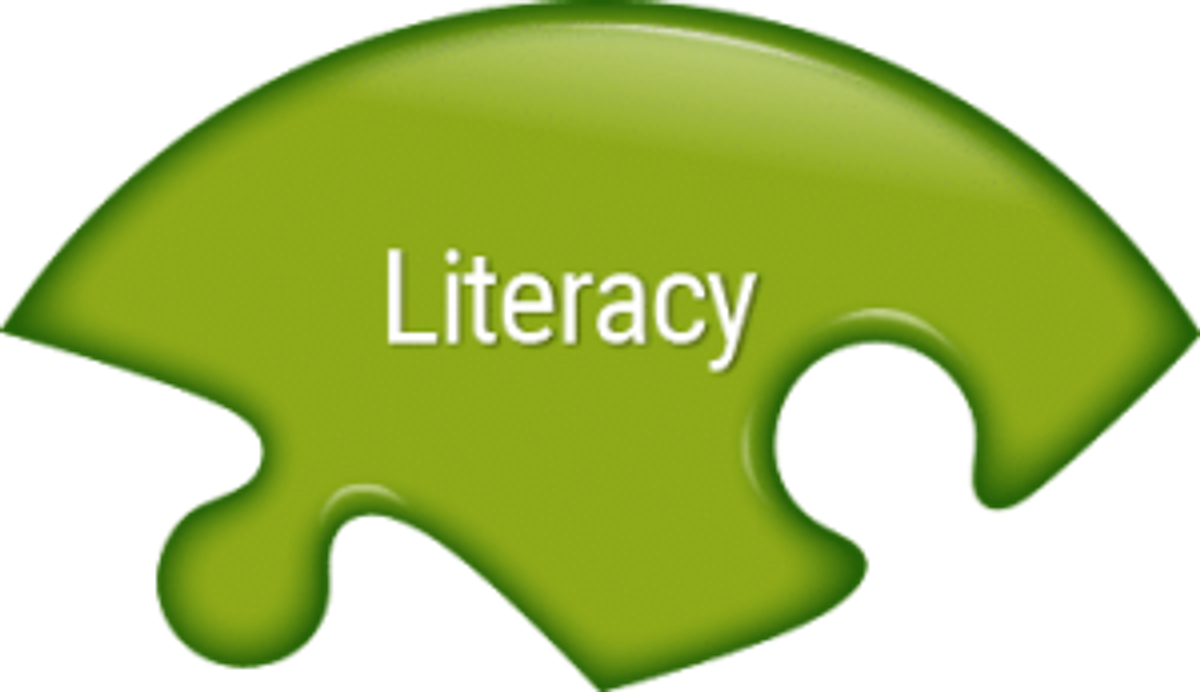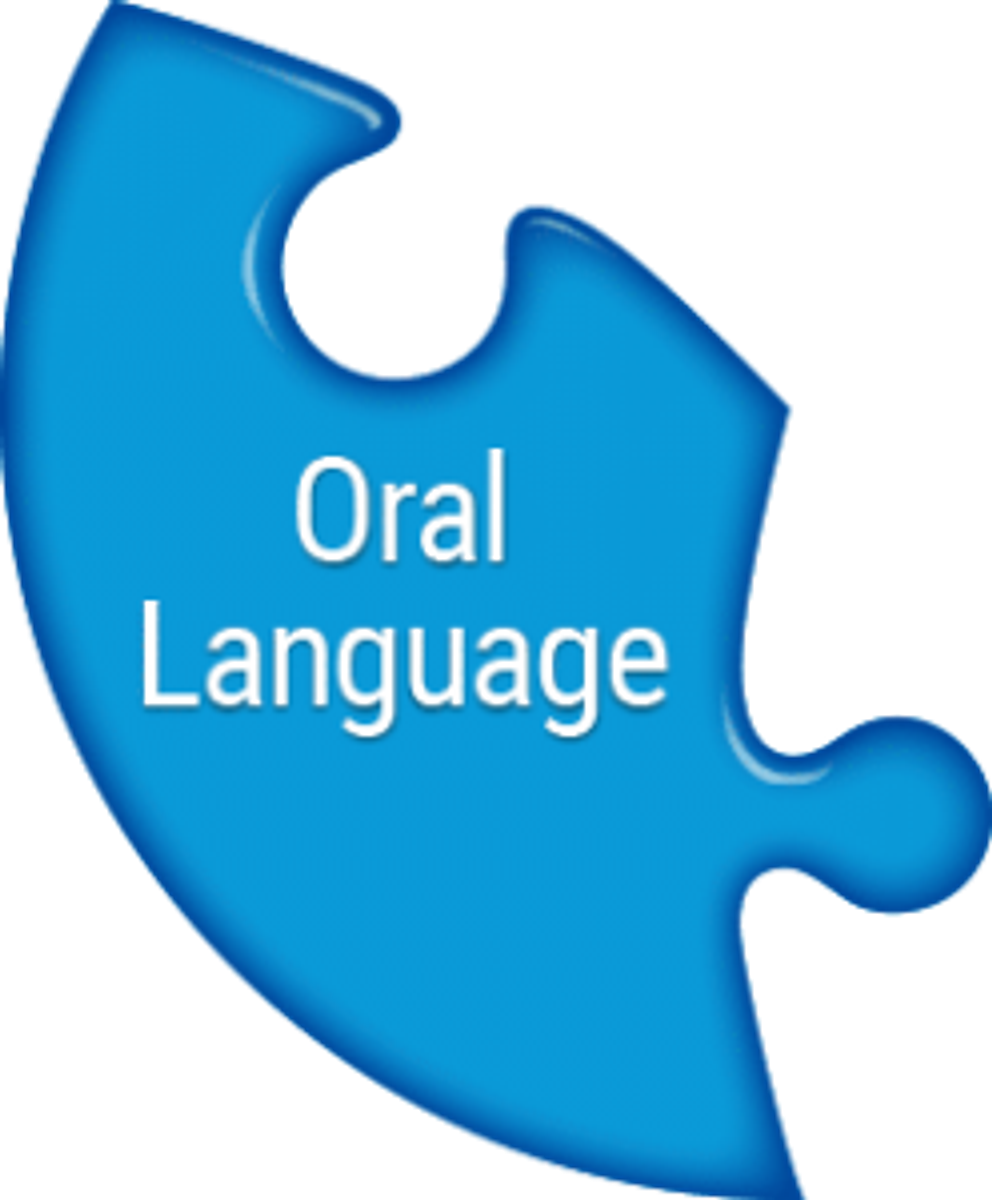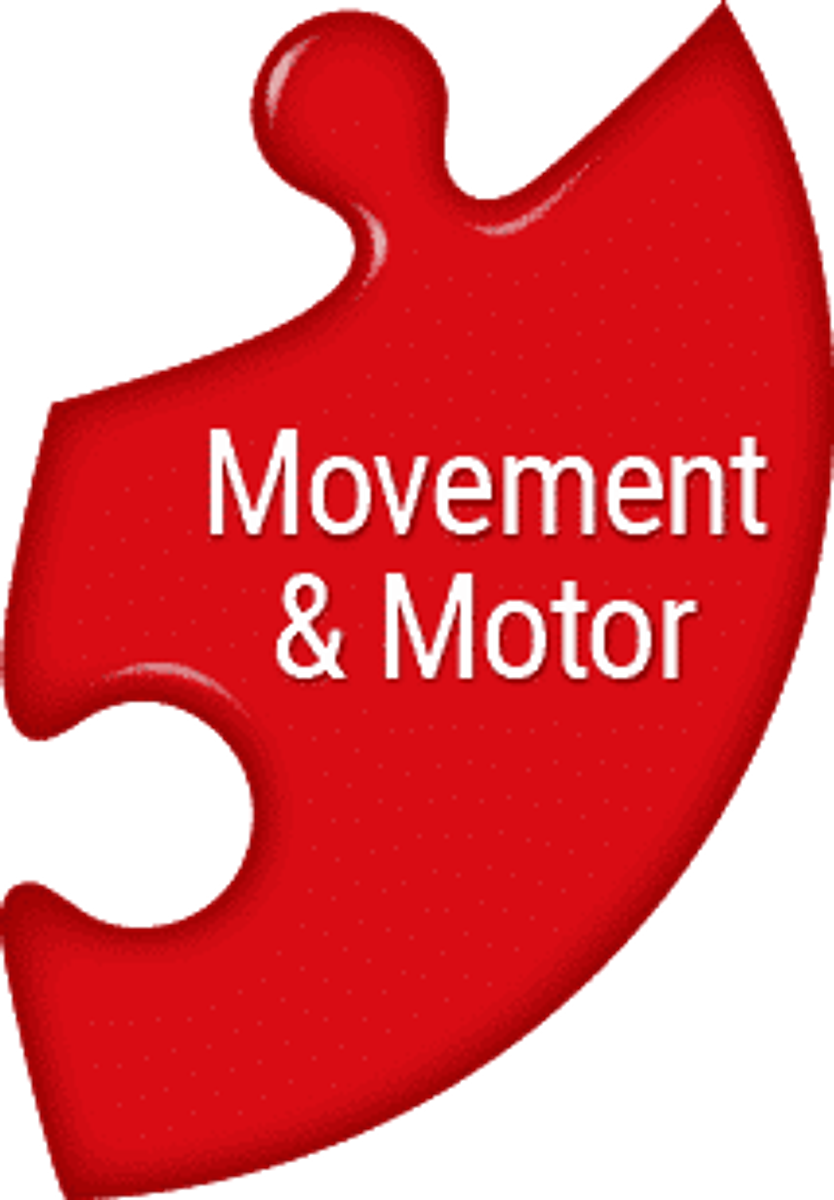Teaching & Learning
Ms Jacqui McAlister

Teaching & Learning
Ms Jacqui McAlister


This year we have implemented PLD in Years Prep to Year 2.
PLD provides an Australian, evidence-based approach to Structured Synthetic Phonics (SSP) for primary school educators, aligned with the Science of Reading.


“The capacity to read and spell accurately and fluently is dependent on knowledge of the phoneme (letter sound) -grapheme (letter name) relationships underpinning English orthography. The body of knowledge (phonics) needs to be taught systematically, sequentially, cumulatively and on a daily basis – to the point of automaticity” (DSF Bulletin, Volume 58:2022).


Oral language refers to the act of speaking and listening. The main components for the oral language skill set includes word knowledge (vocabulary); sentence structure (grammar); language understanding (semantic and comprehension ability); and structured thinking (or the ability to elaborate, organise and sequence thoughts).


The way students organise their body and use their muscles to respond to what they hear is a big part of literacy. Often a physical response is required. A classic example is the ability to follow instructions and compose a written response. A range of physical skill development supports the functioning within a classroom and includes skills such as pencil grip, cutting skills, letter formation and handwriting.
Literacy involves more than just recognising words on a page. To be truly literate students need to be able to speak well, interpret what they’re hearing, and transfer all of this information into written language. It’s this broad three skill focus that sets PLD’s resources apart.
All classes from Prep to Year 2 begin their day with 20 minutes of PLD; what we have labelled 'Word Study'. Teacher use assessment data to group their students and provide an individual word list each week that focuses on a phoneme sound - grapheme (spelling choice). Students are engaged in a variety of activities throughout the week including sound boxes, matching games, learning of irregular high frequency words, spelling detectives, repetitive short reads and dictation.
Students should read their word list and map out the sounds in the sound boxes. e.g. the word black has 5 letters but only 4 phonemes (sounds). b - l - a - ck. When 2 letters like 'ck' make 1 sound, we call that a digraph. Encourage your child to use this language when learning their spelling words.
Ms McAlister
Assistant Principal